The weather can negatively impact every step of the retail journey, from the start of the supply chain to the shop floor. For years, retailers and suppliers have tried to mitigate against this by using various long-range forecasting systems to improve availability and reduce wastage - vital for a low-margin, high-volume business.
The concept is simple. If Tesco knows it’s going to be a sunny Saturday it can stock up on BBQ food. If it’s going to be a washout, it can do pies. Yet as sophisticated as existing systems are in helping, the Met Office thinks it can do better. It claims to be taking a “completely new” approach to retail forecasting by focusing on how the weather feels, rather than just the numbers.
“It’s the feel of the day that impacts on what people choose to buy, not whether the temperature breaches a certain threshold,” explains retail business manager Helen Smith. “We focus on describing how the weather feels, and how it will evolve over the course of the day, because that is the link to consumer purchasing behaviour. In the past retailers have looked for a peak in temperature but they haven’t considered whether it will be dull, windy or muggy at the same time. The last few days have felt quite humid and warm, but if you look at the raw numbers the temperature wouldn’t be perceived as a hot day.”
It’s taken a team of “scientists, forecasters, and technology teams” a year to enhance the Met’s existing systems to create the new product, called DemandMet. Early adopters have “been enjoying looking at the weather in this completely different way - and getting better results,” says Smith.
Sainsbury’s, a satisfied Met Office partner that has topped The Grocer 33 for service and availability this past year, is hoping its new system will deliver even better results. Smith says “one of the other top five supermarkets” has just signed up too.
Among other improvements to its existing forecasting service, the Met also says it can gaze further into the future. “Previously we were only looking at 10 days,” says Smith. “Now we can do 14 days, in detail.”
“The last few days have felt quite humid but the temperature wouldn’t be perceived as a hot day”
Helen Smith, Met Office
The Met also provides “model” days. “From the research we have done with retailers, many were using the day last year as their benchmark and basing each product SKU on last year’s performance. Weather just doesn’t move in patterns like that. The start and peak of any seasonal change can vary by six weeks, so last year’s data simply isn’t relevant. So we give you a date in the past that experienced the same weather conditions to those forecasted for an upcoming day. We don’t predict the sales of a particular product, that’s up to the retailer, but if one day next week is set to be 25C, with 10mm of rain and a specific wind rate, we find a day in the past with identical weather conditions so the retailers can base their predicted sales on that.”
For sales, also read demand, availability and waste. “Fresh products generate a huge amount of waste but accurate forecasting minimises it. And all the data we provide is supported by commentary from a brand new team of retail-focused forecasters who look at how the weather is set to evolve around the day. For example, will it rain throughout but with a bright spell over lunchtime? We understand all that. Then it can be put into context. And we know we are helping to deliver stronger availability with the reduced waste and customer satisfaction that go with it.”



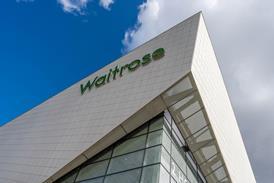
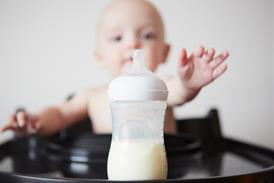



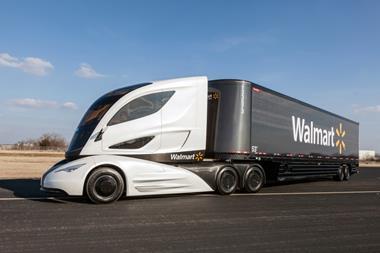

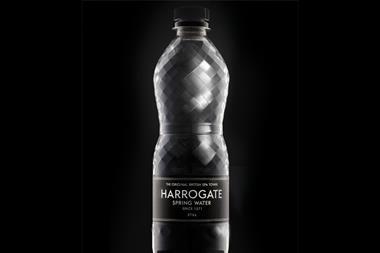

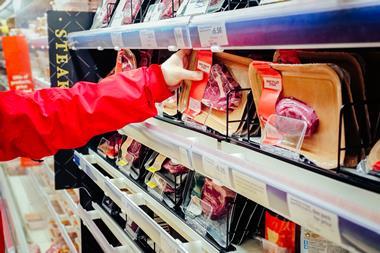


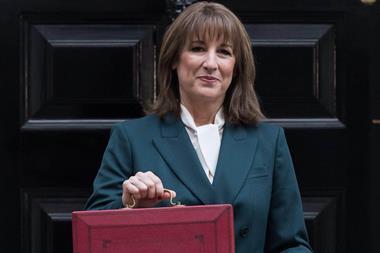
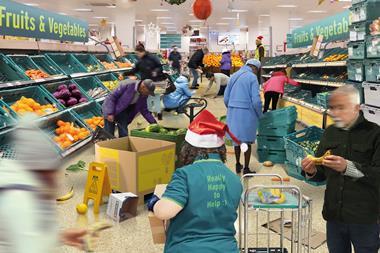
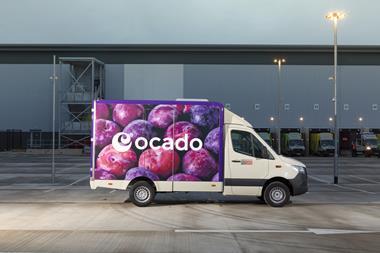

No comments yet